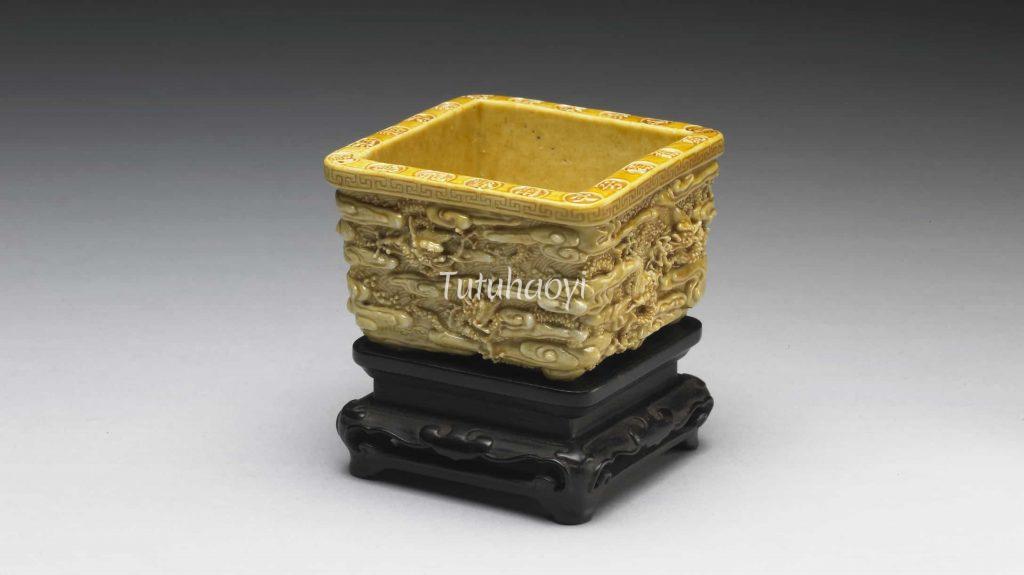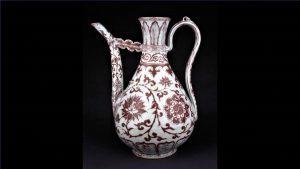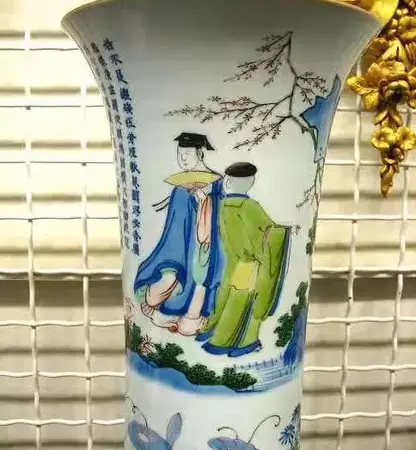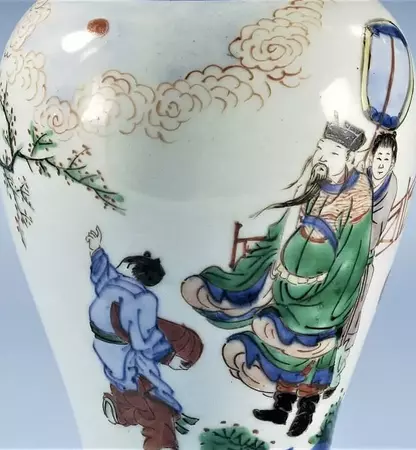Editor: Congratulations on Dr Yibin Ni’s recent research results! They shed new light on the attribution of the porcelain table screen in the British Museum to a legendary Ming Potter, variously known in the literature as ‘Hao the Nineteenth’, ‘Wu the Nineteenth’, the ‘Old Recluse in a Gourd’, the ‘Daoist Recluse in a Gourd’, the potter of the ‘Sire Gourd’s Kiln’. The scattered biographical evidence shows a possible connection of this elusive potter with the name ‘Wu Wei’, a potter of the Wanli reign (1572-1620) of the Ming dynasty who proudly inscribed his name on the rim of a yellow-glazed square water jar, kept in the collection of the National Palace Museum, Taipei. Both the small water jar and the table screen are treasured curios in a traditional Chinese scholar’s studio and the beauty of these objects certainly attests the lavish praises thrown to the potter’s creation in literature. Dr Ni’s findings have added colour to the history of Chinese ceramics in the Ming dynasty.
The following article by Dr Yibin Ni is first time published in the world specially in Chinese.
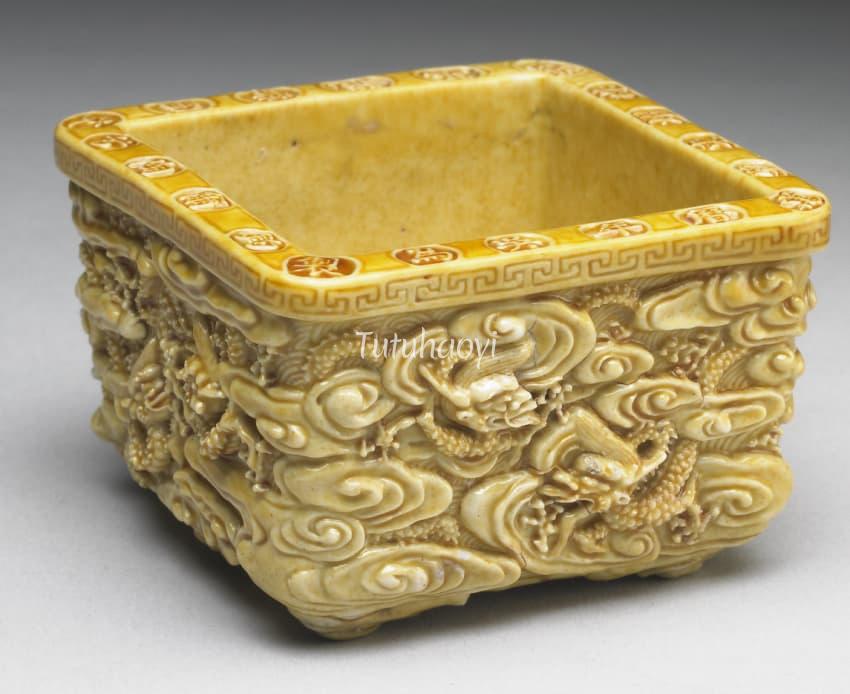
明代李日华(1565 – 1635)所著天启年间(1621 – 7)刊印的《紫桃轩杂缀》载:昊十九者浮梁人,能吟诗,书逼赵吴兴(孟頫),隐陶轮间,所制精磁,妙絶人巧,自号“壶隐老人”。
【倪亦斌案】这是最早出现于明代万历朝之后的天启朝的有关“壶隐(老人)”的史料。从中可知此人善诗词书法,有才华但是隐于陶轮间,能够制作‘妙绝人巧’的细巧瓷器。注意‘昊’与‘吴’的相似性。“壶隐”典故出自壶公与费长房的传说: 北魏郦道元《水经注·汝水》:“昔费长房 为市吏,见王壶公悬壶於市,长房从之,因而自远,同入此壶,隐沦仙路。”“隐逸”是传统中国有才华的人喜欢自诩的一种生活方式。

王士禛 (1634 – 1711)所著成書於康熙四十年(1701年)的《池北偶談》载:“浮梁流霞盏则昊十九(号壶隐道人)”。
【倪亦斌案】在这则出现年代排列第二的相关清代史料中,出现了‘壶隐道人’的称号。
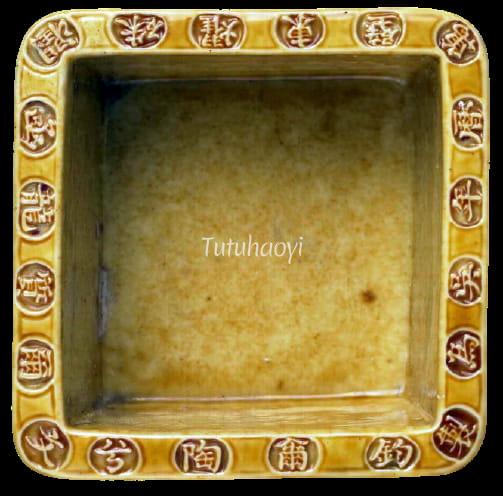
清嘉庆二十年(1815年),蓝浦、郑廷桂合著的《景德镇陶录》卷五曰:“壶公窑,神庙(神宗万历1572- 1620)时烧造者,号‘壶隐道人’。其色精料美,诸器皆佳…… 其紫金壶带朱色,皆仿宜兴时陈样。壶底款为“壶隐老人”四字,相传为吴十九,而籍不可知矣。”
【倪亦斌案】这则年代排列第三的清代相关史料中,进一步出现了‘壶公窑’的称号,重复了‘壶隐道人’称号,确定了此人活跃于万历朝。称赞其作品‘色精料美、诸器皆佳’。前两则史料中的“昊十九”变成了“吴十九”。
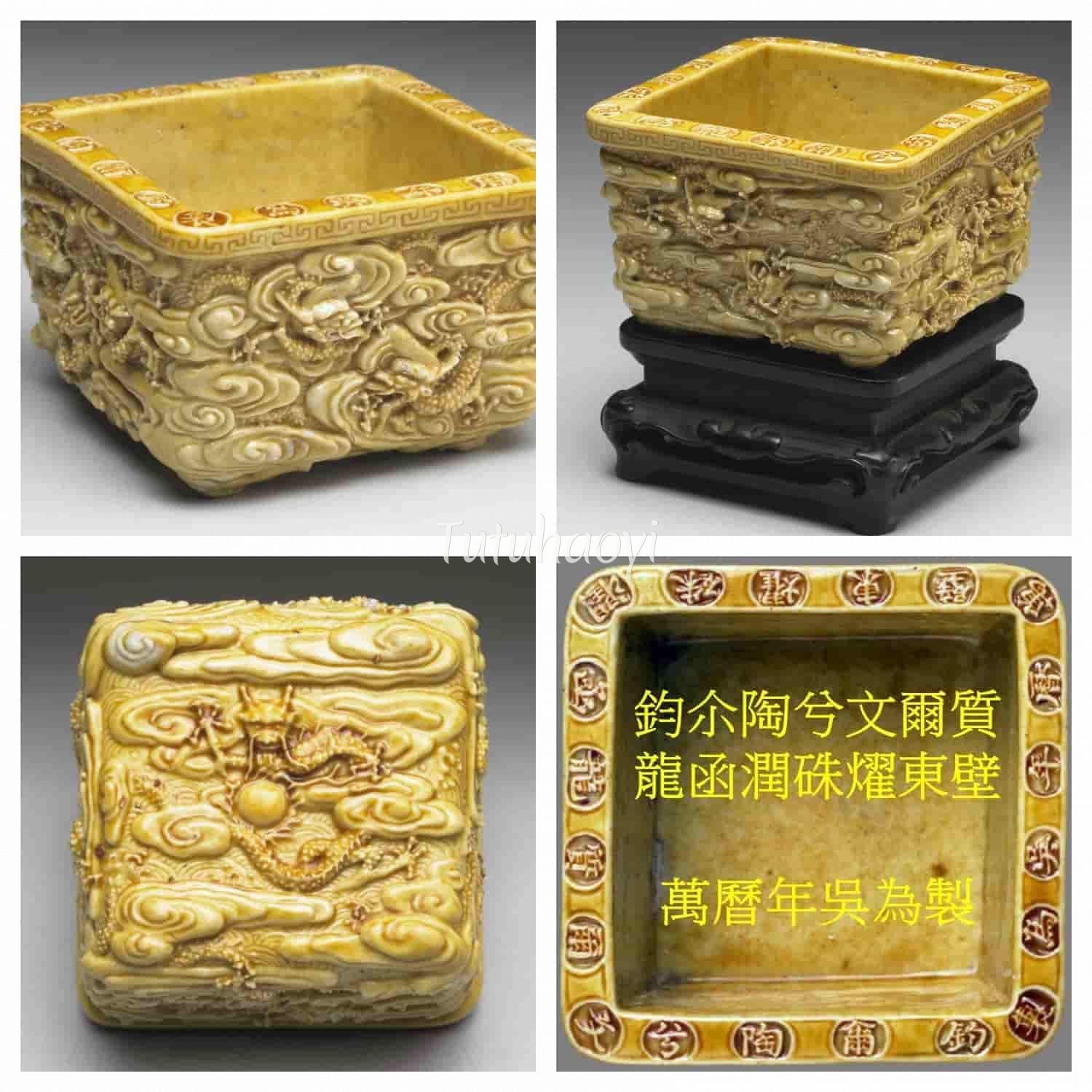
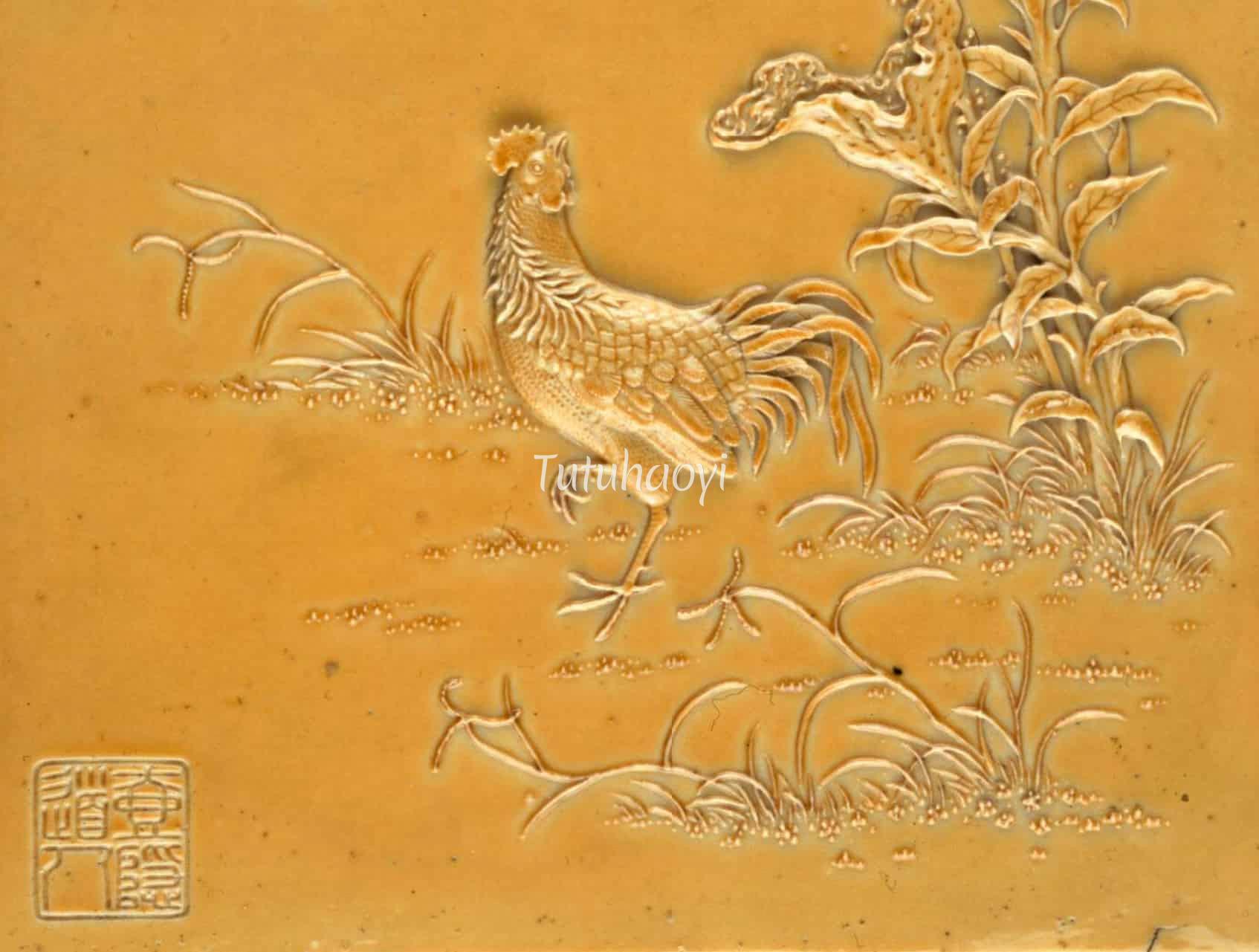
大英博物馆藏有一件黄釉浮雕“官上加官”图纹文房桌屏瓷板。落款“壶隐道人”。根据前引史料,有理由认为此桌屏瓷板与台北故宫博物院藏明万历“吴为”款黄釉浮雕九龙方盂之间有一定关联。桌屏和方水盂都施精美黄釉,都是浮雕作品,都为高端文房用品,器物上的图像都寓意科举仕途成功。三条史料中提及的“壶隐老人”、“壶隐道人”、“昊十九”、“吴十九”应为同一人。方水盂上作者自署‘万历年吴为’,陶人活动年代符合史料所述,姓氏“吴”和“昊”有相混的可能性。比较这两件器物并且佐以上述史料,有理由认为“吴为”很可能是“壶隐道人”的名字。大维德基金会和大英博物馆相关学者未能正确释读瓷板上的署名,在当前的官方网站上将‘壶隐道人’错读为‘壹隐道人’。

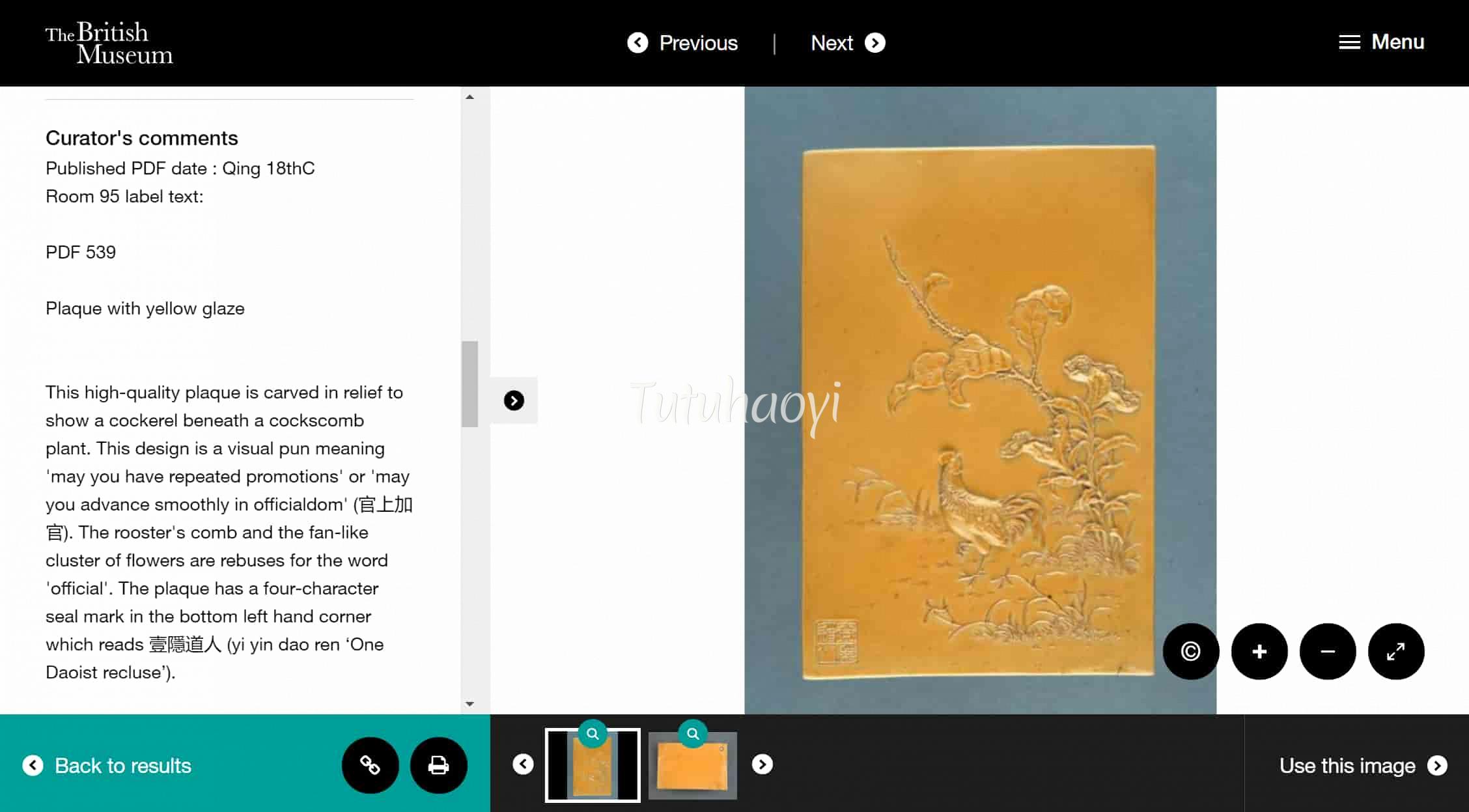

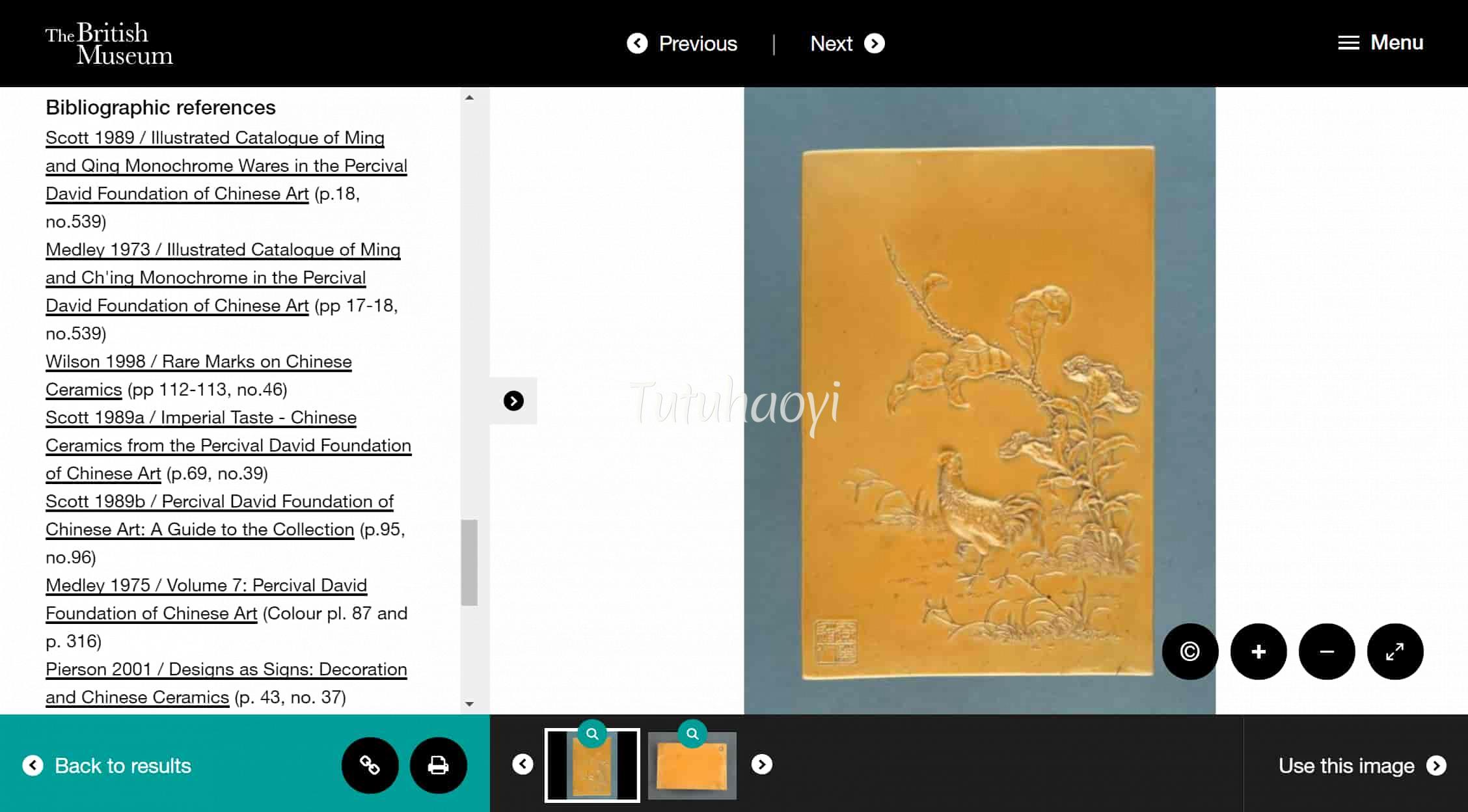
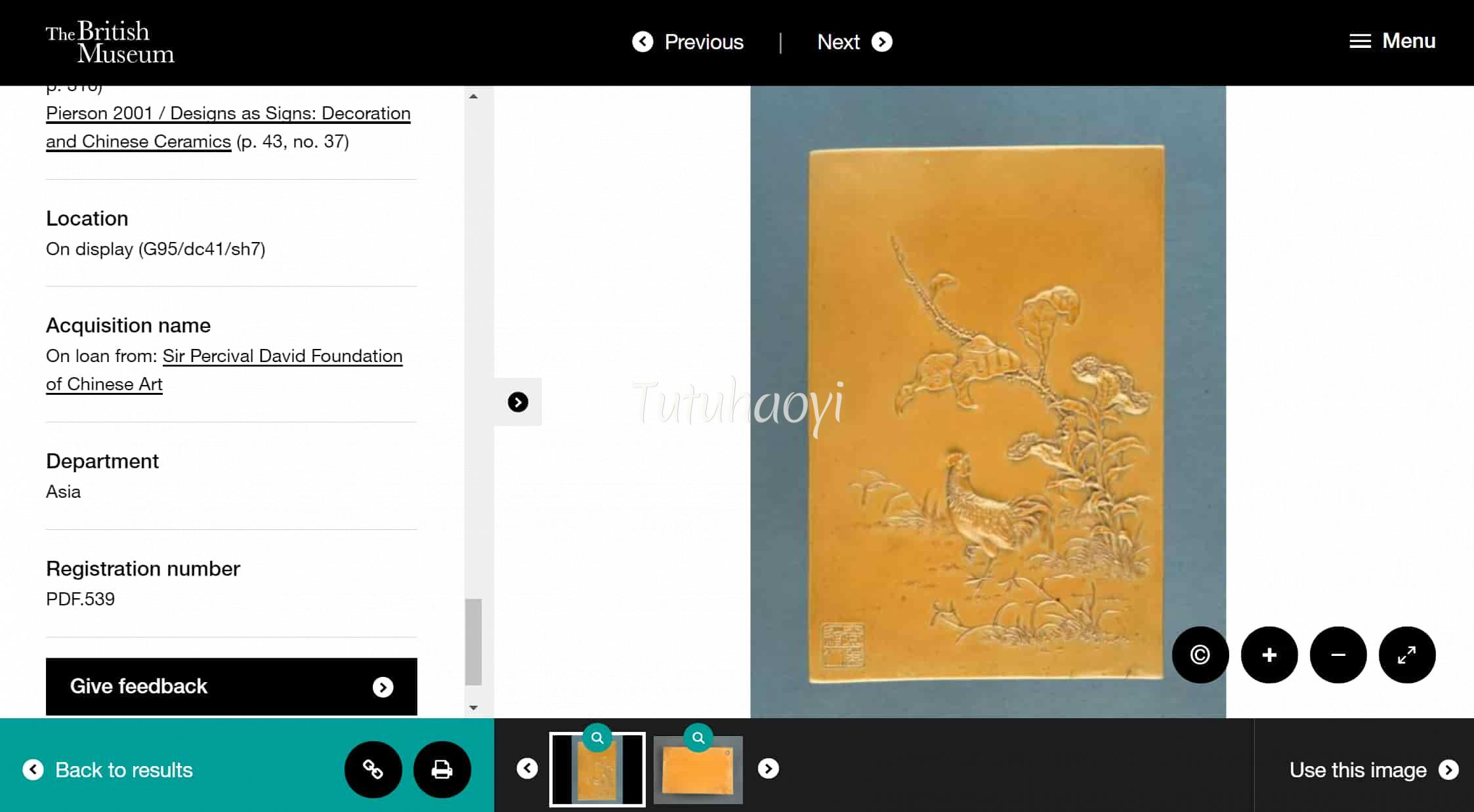
The findings and opinions in this research article are written by Dr Yibin Ni.
